Rafia Zakaria in Baffler:
 THE FIRST TIME MOHANDAS GANDHI, the leader of nonviolent protest against British rule in India, wrote to Adolf Hitler was in July of 1939. Gandhi was almost seventy. The world was, as it appears to be today, on the cusp of some huge transformation, although then, as now, the complete price of the change was unknown. “Dear friend,” Gandhi implored Hitler from behind a typewritten page, “friends have been urging me to write to you for the sake of humanity.” Hitler, the letter goes on to say, is the only “person in the world who can prevent a war which may reduce humanity to a savage state.”
THE FIRST TIME MOHANDAS GANDHI, the leader of nonviolent protest against British rule in India, wrote to Adolf Hitler was in July of 1939. Gandhi was almost seventy. The world was, as it appears to be today, on the cusp of some huge transformation, although then, as now, the complete price of the change was unknown. “Dear friend,” Gandhi implored Hitler from behind a typewritten page, “friends have been urging me to write to you for the sake of humanity.” Hitler, the letter goes on to say, is the only “person in the world who can prevent a war which may reduce humanity to a savage state.”
I can imagine Gandhi writing the letter, the humid air of an Indian July hanging heavy and oppressive, like the threat of war over the world. That first letter was barely over a hundred words, and it was never delivered. The British colonists who ruled India at the time minded Gandhi’s correspondence; they intercepted it well before it had any chance to reach Hitler. It is unknown whether Gandhi, an astute political strategist, knew this would be the case when he wrote the letter. He may have known that his audience was his own oppressors rather than the oppressors of European Jews. Whatever Gandhi’s motives, the appeal to Hitler was not new. The year before, American missionaries meeting with Gandhi pleaded with him to condemn Hitler and Mussolini, but he refused, insisting that no one, even these two fascists clearly uninterested in human dignity, was “beyond redemption.” Czechs and Jews were told to engage only in passive resistance, a sacrifice that would redeem them. Passive resistance failed to deliver either group, but Gandhi, for his part, never quite acknowledged this. (It was also not the only strategy they employed: consider the Warsaw Uprising of 1943, or the revolt at Auschwitz-Birkenau the following year.) Gandhi did write another, more vehement letter to Hitler, but this, too, was never delivered.
Gandhi got many things wrong about World War II. But in the days after George Floyd’s death, with protest ascendant, many reached for his prescriptions and other histories of nonviolent resistance, which present crucial questions about methods of opposition and defense. While there is much talk of the passive nonviolent resisters of old—Gandhi and his eventual disciple Martin Luther King Jr.—there is physical, psychic, and emotional violence being deliberately inflicted on the oppressed.
More here.
 Last summer, Nikil Saval was best known as a head editor for the literary and political magazine n+1. He wrote freelance articles about architecture and design for The New York Times and The New Yorker. He used a Motorola razr flip phone.
Last summer, Nikil Saval was best known as a head editor for the literary and political magazine n+1. He wrote freelance articles about architecture and design for The New York Times and The New Yorker. He used a Motorola razr flip phone.
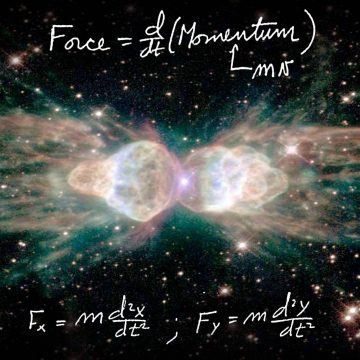 The World According to Physics, by the British physicist Jim Al-Khalili, looks less like a
The World According to Physics, by the British physicist Jim Al-Khalili, looks less like a  Even the way in which coronavirus data is presented can radically change our perception of its impact, depending on which factors have been included and which have been discarded.
Even the way in which coronavirus data is presented can radically change our perception of its impact, depending on which factors have been included and which have been discarded. They have always been with me, these two fears: of boredom and bad smells. I have no memory of a life free of them.
They have always been with me, these two fears: of boredom and bad smells. I have no memory of a life free of them.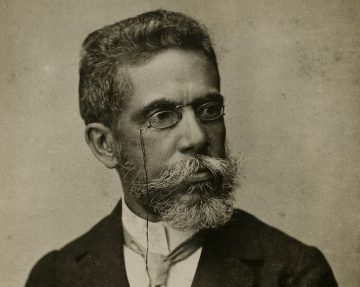 The literary models Machado mentions in his preface are Laurence Sterne, Xavier de Maistre, and Almeida Garrett, but behind the title there may also be an ironic reference to Chateaubriand’s Mémoires d’outre-tombe (Memoirs from Beyond the Grave), published posthumously in 1849 and 1850. Those memoirs filled two volumes; their author was a diplomat, politician, writer, historian, and supposed founder of French Romanticism. Brás Cubas’s posthumous memoirs (which are written from beyond the grave) fill a scant two hundred pages and the narrator is, by his own blithe admission, a complete mediocrity whose life can be summed up by a series of negatives. Echoes of Sterne, Maistre, and Garrett are definitely all there in the brief chapters, the oblique chapter titles, the non sequiturs, and the half-baked philosophy, and yet in many ways the book is also a straightforward nineteenth-century realist novel, with its jabs at the hypocrisy of middle-class society, and the standard themes of adultery, money, marriage, miserliness, and profligacy. Machado manages, seamlessly, to combine realism and the fantastic, and the novel’s fragmentary, allusive style and its frequent inclusion of us, the readers, strikes us now as very modern, as does Brás Cubas’s insistence, more than once, that this is not a novel at all.
The literary models Machado mentions in his preface are Laurence Sterne, Xavier de Maistre, and Almeida Garrett, but behind the title there may also be an ironic reference to Chateaubriand’s Mémoires d’outre-tombe (Memoirs from Beyond the Grave), published posthumously in 1849 and 1850. Those memoirs filled two volumes; their author was a diplomat, politician, writer, historian, and supposed founder of French Romanticism. Brás Cubas’s posthumous memoirs (which are written from beyond the grave) fill a scant two hundred pages and the narrator is, by his own blithe admission, a complete mediocrity whose life can be summed up by a series of negatives. Echoes of Sterne, Maistre, and Garrett are definitely all there in the brief chapters, the oblique chapter titles, the non sequiturs, and the half-baked philosophy, and yet in many ways the book is also a straightforward nineteenth-century realist novel, with its jabs at the hypocrisy of middle-class society, and the standard themes of adultery, money, marriage, miserliness, and profligacy. Machado manages, seamlessly, to combine realism and the fantastic, and the novel’s fragmentary, allusive style and its frequent inclusion of us, the readers, strikes us now as very modern, as does Brás Cubas’s insistence, more than once, that this is not a novel at all.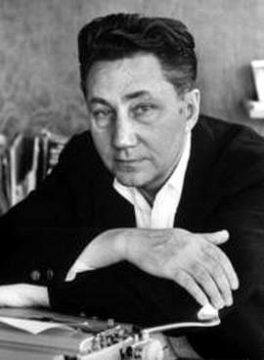
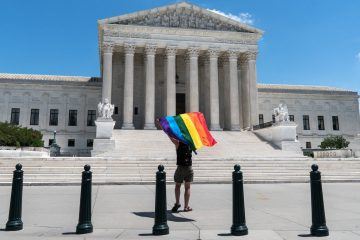 The new season of my
The new season of my 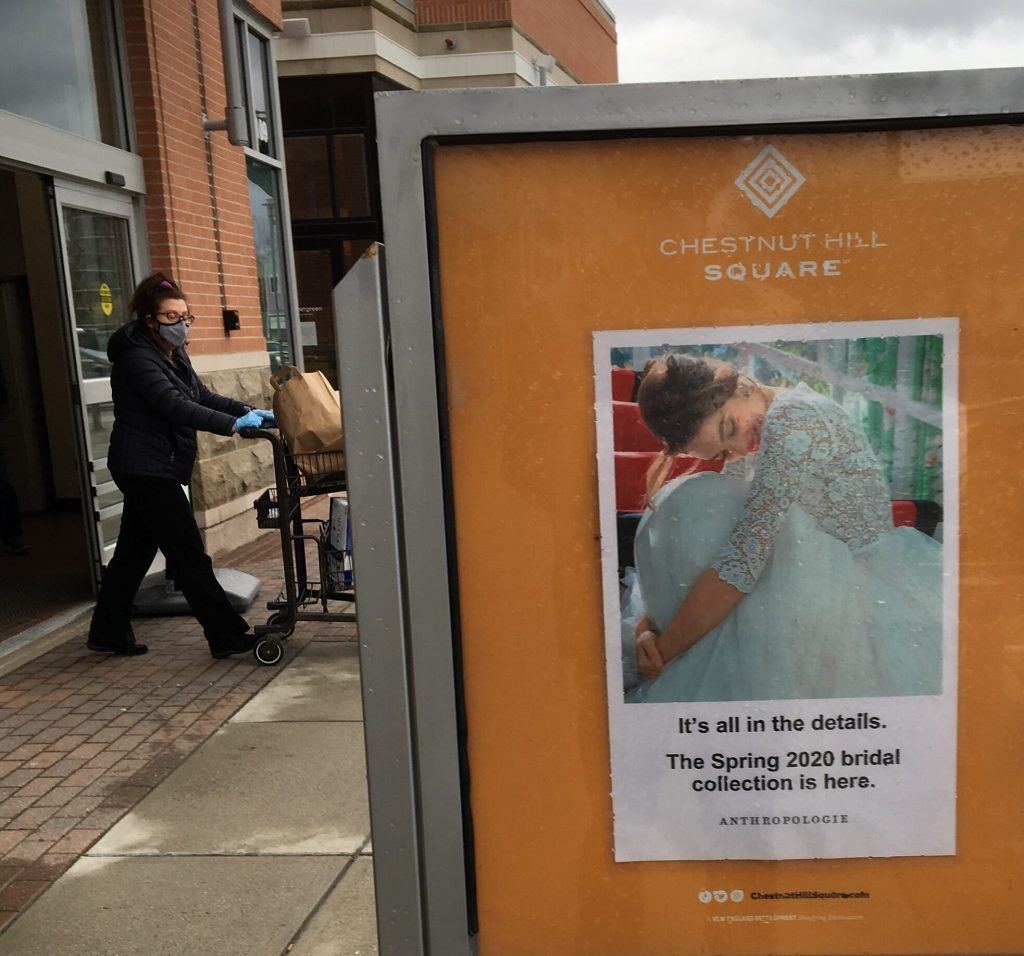 Yesterday I went food shopping in the now quasi-military operation of a big grocery store near Boston. Near the entrance, I stopped to take a picture of an advertising placard—one of the neighboring stores touting its “Spring 2020 bridal collection.” It’s harder than usual to begrudge people their attempts to make money right now. We’ve learned how fragile the world’s systems of income are, even for those who make far more than they need. Airlines’ business can evaporate from one week to the next. Hotels can empty overnight. Who knew it could happen everywhere across the world at once? So there was pathos in the timing of the ad, which was very likely to fail. But the reason I stopped to take a picture, and the reason the picture has become a symbol of the moment for me: it featured an airbrushed photograph of a tall, white, easygoing, never-in-her-life-hungry bride—and passing behind her, from my frame of reference though of course not the bride’s, was a woman in blue nitrile gloves and a face mask, pushing a shopping cart back toward her isolation.
Yesterday I went food shopping in the now quasi-military operation of a big grocery store near Boston. Near the entrance, I stopped to take a picture of an advertising placard—one of the neighboring stores touting its “Spring 2020 bridal collection.” It’s harder than usual to begrudge people their attempts to make money right now. We’ve learned how fragile the world’s systems of income are, even for those who make far more than they need. Airlines’ business can evaporate from one week to the next. Hotels can empty overnight. Who knew it could happen everywhere across the world at once? So there was pathos in the timing of the ad, which was very likely to fail. But the reason I stopped to take a picture, and the reason the picture has become a symbol of the moment for me: it featured an airbrushed photograph of a tall, white, easygoing, never-in-her-life-hungry bride—and passing behind her, from my frame of reference though of course not the bride’s, was a woman in blue nitrile gloves and a face mask, pushing a shopping cart back toward her isolation.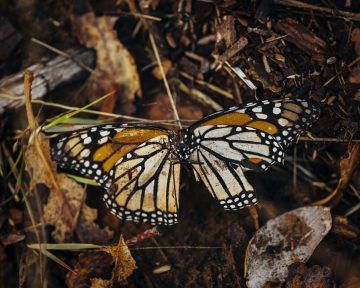 The phenomenon that some people in Brookings, Oregon, would later call a miracle began in early July 2019, when the same monarch butterfly appeared in Holly Beyer’s yard almost every day for two weeks. Beyer recognized it by a scratch on one wing. She and a friend named it Ovaltine, inspired by ovum, for the way it encrusted the milkweed in Beyer’s garden with eggs. Each off-white bump was no larger than the tip of a sharpened pencil. Clustered together on the green leaves, they looked like blemishes, as if the milkweed had sprouted a case of adolescent acne.
The phenomenon that some people in Brookings, Oregon, would later call a miracle began in early July 2019, when the same monarch butterfly appeared in Holly Beyer’s yard almost every day for two weeks. Beyer recognized it by a scratch on one wing. She and a friend named it Ovaltine, inspired by ovum, for the way it encrusted the milkweed in Beyer’s garden with eggs. Each off-white bump was no larger than the tip of a sharpened pencil. Clustered together on the green leaves, they looked like blemishes, as if the milkweed had sprouted a case of adolescent acne. I recently saw an estimate that if you took all the novel coronaviruses in the world (the actual viruses, not patients), you could fit them into a bucket no more than a couple of liters in volume. A huge impact has been wrought by a very small amount of stuff. The world of viruses is vast and complicated, and we’re still learning some of its basic features. Today’s guest David Baltimore won the Nobel Prize in Physiology or Medicine for the discovery that genetic information in viruses could flow from RNA to DNA, establishing an exception to the Central Dogma of Biology. He is the author of the Baltimore Classification scheme for viruses, and has done important research in the role of viruses in diseases from AIDS to cancer. We talk about what viruses are, how they work, and the status of the novel coronavirus we are currently battling. David also has some strong opinions about public health and how we should be preparing for future outbreaks.
I recently saw an estimate that if you took all the novel coronaviruses in the world (the actual viruses, not patients), you could fit them into a bucket no more than a couple of liters in volume. A huge impact has been wrought by a very small amount of stuff. The world of viruses is vast and complicated, and we’re still learning some of its basic features. Today’s guest David Baltimore won the Nobel Prize in Physiology or Medicine for the discovery that genetic information in viruses could flow from RNA to DNA, establishing an exception to the Central Dogma of Biology. He is the author of the Baltimore Classification scheme for viruses, and has done important research in the role of viruses in diseases from AIDS to cancer. We talk about what viruses are, how they work, and the status of the novel coronavirus we are currently battling. David also has some strong opinions about public health and how we should be preparing for future outbreaks.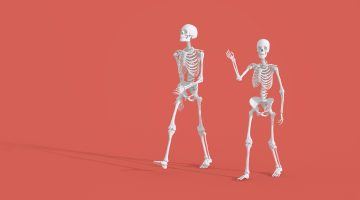 One of the most obvious physical differences between men and women are their average sizes. Men are, on the whole, taller. The standard explanation found in textbooks — sexual selection and male competition — goes all the way back to Charles Darwin: “There can be little doubt that the greater size and strength of man, in comparison with woman, together with his broader shoulders, more developed muscles, rugged outline of body, his greater courage and pugnacity … have been preserved or even augmented during the long ages of man’s savagery, by the success of the strongest and boldest men, both in the general struggle for life and in their contests for wives,” he wrote in The Descent of Man.
One of the most obvious physical differences between men and women are their average sizes. Men are, on the whole, taller. The standard explanation found in textbooks — sexual selection and male competition — goes all the way back to Charles Darwin: “There can be little doubt that the greater size and strength of man, in comparison with woman, together with his broader shoulders, more developed muscles, rugged outline of body, his greater courage and pugnacity … have been preserved or even augmented during the long ages of man’s savagery, by the success of the strongest and boldest men, both in the general struggle for life and in their contests for wives,” he wrote in The Descent of Man.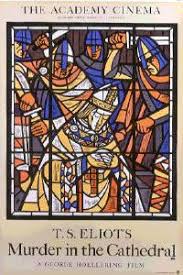 It was these writers in other genres who opened up possibilities for biography with a shift of focus from public to private. Chekhov invites this with his sense that “every individual existence is a mystery.” The title of Eliot’s verse drama, Murder in the Cathedral, teases us with the popular genre of the murder mystery, yet there is no mystery of the usual sort: Archbishop Thomas à Becket’s murder in 1170 takes place onstage, and the murderers are visible: four identifiable knights who are hit men for the king, Henry II. The real mystery lies in the inner life: Becket’s capacity for self-transformation. This is a biographical play about a twelfth-century saint in the making, as he readies himself for martyrdom by sloughing off his public life together with the outlived temptations of his former worldliness and ambition.
It was these writers in other genres who opened up possibilities for biography with a shift of focus from public to private. Chekhov invites this with his sense that “every individual existence is a mystery.” The title of Eliot’s verse drama, Murder in the Cathedral, teases us with the popular genre of the murder mystery, yet there is no mystery of the usual sort: Archbishop Thomas à Becket’s murder in 1170 takes place onstage, and the murderers are visible: four identifiable knights who are hit men for the king, Henry II. The real mystery lies in the inner life: Becket’s capacity for self-transformation. This is a biographical play about a twelfth-century saint in the making, as he readies himself for martyrdom by sloughing off his public life together with the outlived temptations of his former worldliness and ambition.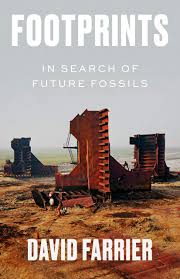 I
I THE FIRST TIME MOHANDAS GANDHI
THE FIRST TIME MOHANDAS GANDHI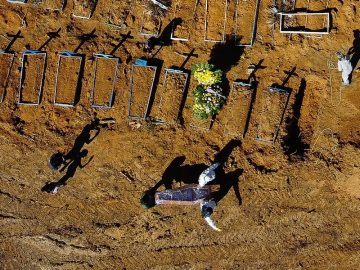 One of the most crucial questions about an emerging infectious disease such as the new coronavirus is how deadly it is. After months of collecting data, scientists are getting closer to an answer. Researchers use a metric called infection fatality rate (IFR) to calculate how deadly a new disease is. It is the proportion of infected people who will die as a result, including those who don’t get tested or show symptoms. “The IFR is one of the important numbers alongside the herd immunity threshold, and has implications for the scale of an epidemic and how seriously we should take a new disease,” says Robert Verity, an epidemiologist at Imperial College London.
One of the most crucial questions about an emerging infectious disease such as the new coronavirus is how deadly it is. After months of collecting data, scientists are getting closer to an answer. Researchers use a metric called infection fatality rate (IFR) to calculate how deadly a new disease is. It is the proportion of infected people who will die as a result, including those who don’t get tested or show symptoms. “The IFR is one of the important numbers alongside the herd immunity threshold, and has implications for the scale of an epidemic and how seriously we should take a new disease,” says Robert Verity, an epidemiologist at Imperial College London.